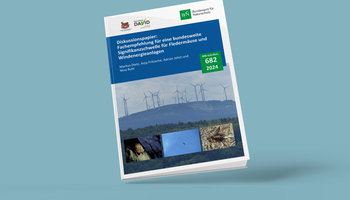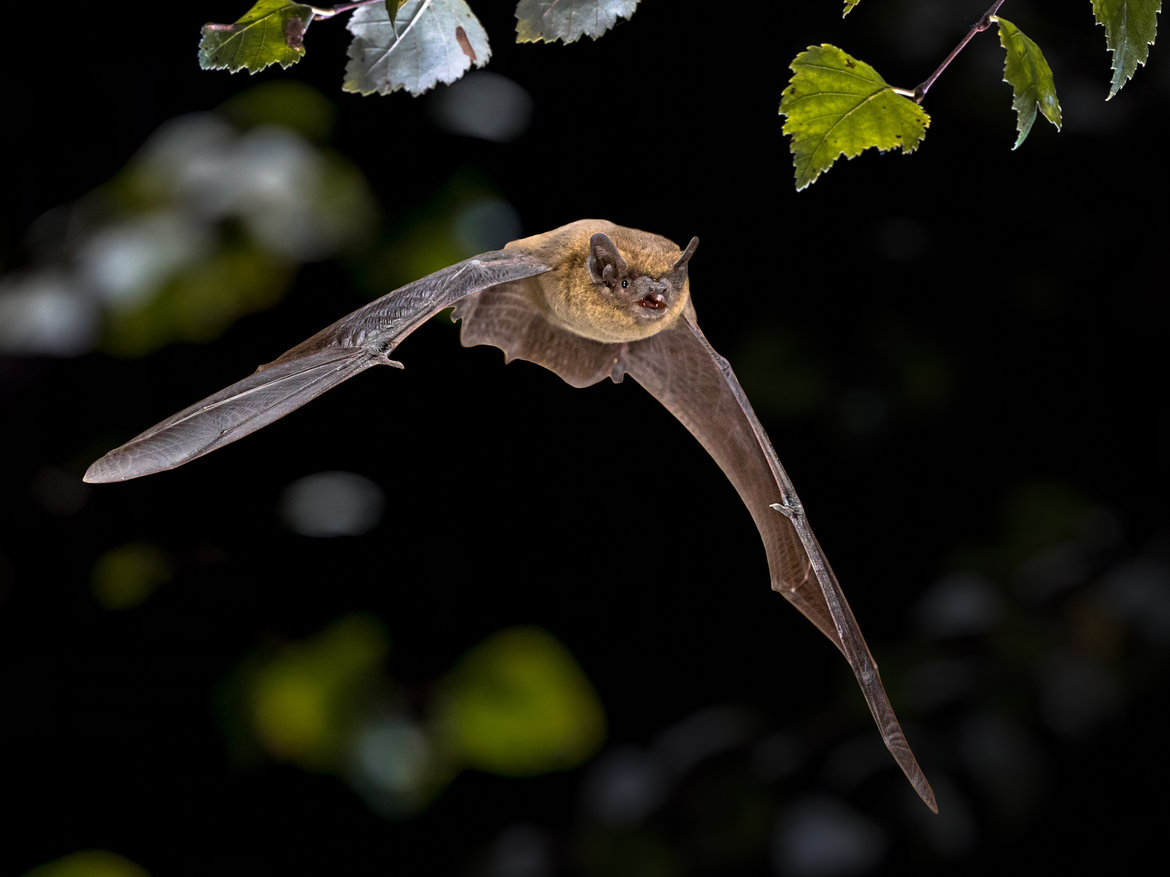

The "significance threshold" in many regional guidelines (Länderleitfaden) specifies how many dead bats per wind turbine (WT) and year are tolerable. So far, the threshold has been based in most cases on a sample calculation carried out within the framework of the RENEBAT project, which referred to 2 animals. The aim of the project is the scientific derivation of a significance threshold for the killing of bats at wind turbines, which is decisive e.g. for the calculation of shutdown requirements by means of software solutions such as "ProBat", for nationwide application. Furthermore, field tests are being conducted to determine whether the installation of additional microphones on the tower of the wind turbines is necessary for nacelle monitoring and under what conditions a gain in knowledge can be expected.
Up to now, there has been no nationwide recommendation on how to deal with the individual-related prohibition of killing bats in accordance with § 44 para. 1 no. 1 of the Federal Nature Conservation Act (BNatSchG) in connection with the approval of wind turbines. A science-based recommendation and transparent consultation are intended to contribute to nationwide standardisation.
For several years, the question has been discussed how the combined effect of rotor diameter and turbine height of a wind turbine affects the collision risk of bats. A central issue here is how much knowledge can be gained by using additional microphones on the tower of the wind turbine for so-called nacelle monitoring (i.e. acoustic recording of bats in the rotor area).
Based on scientific and legal principles, a "significance threshold" recommendation is developed and discussed with the central actors in the field of nature conservation and wind energy. This is based on extensive research and analysis of the literature on the effects of wind turbines on bats, including knowledge of population biology. In addition, administrative regulations and court rulings (national and European) are researched and evaluated. A proposal is then developed based on the current state of scientific knowledge and the legal discussion. This is then consulted with relevant federal and state authorities, representatives of nature conservation and (wind) energy associations, and bat experts, and finally updated.
In 2022 and 2023, three (nationally representative) wind turbines will be equipped with an additional tower microphone in the vicinity of the lower rotor tip. In addition, data from the wind test field in Baden-Württemberg and from impact assessments will be evaluated. The aim is to determine how much knowledge can be gained from an additional microphone on the tower of a wind turbine for the prediction of collision risk and for the calculation of operational algorithms for the protection of bats. Specifically, the question is to be answered to what extent the data of an additional microphone can represent the effect of different hub heights and rotor diameters on the calculated impact risk. As a result, practical recommendations for the planning and approval of wind turbines will be derived. If necessary, the results available in 2024 should also lead to an adjustment of the calculation algorithms of the ProBat software.
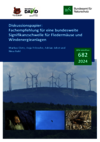
Fachempfehlung für eine bundesweite Signifikanzschwelle für Fledermäuse und Windenergieanlagen
BfN-Schriften 682 (2024)
7 MB · pdf
Naturstiftung David
Trommsdorffstr. 5, D-99084 Erfurt
Adrian Johst
Tel: +49 361 710 129 0
post(at)naturstiftung-david.de
OekoFor GbR
Kartäuserstr. 39 a, D-79102 Freiburg
Institut für Tierökologie und Naturbildung
Waldstr. 19, D-35321 Gonterskirchen
Federal Agency for Nature Conservation
FG II 4.3 Nature Conservation and Renewable Energies
Leipzig Office
Alte Messe 6, D-04103 Leipzig
Nora Köcher
Tel: +49 341 30977166
Nora.Koecher(at)BfN.de
03.04.2024
Weiter
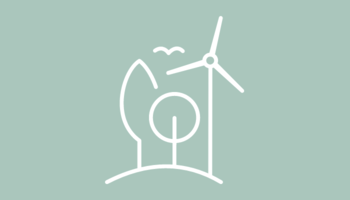
03.04.2024
Weiter
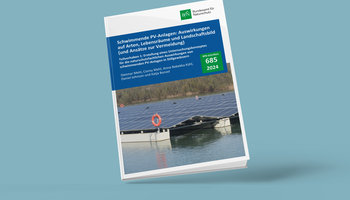
19.03.2024
Weiter
